Home>Gardening & Outdoor>Landscaping Ideas>How To Make Grass-Fed Beef Tender
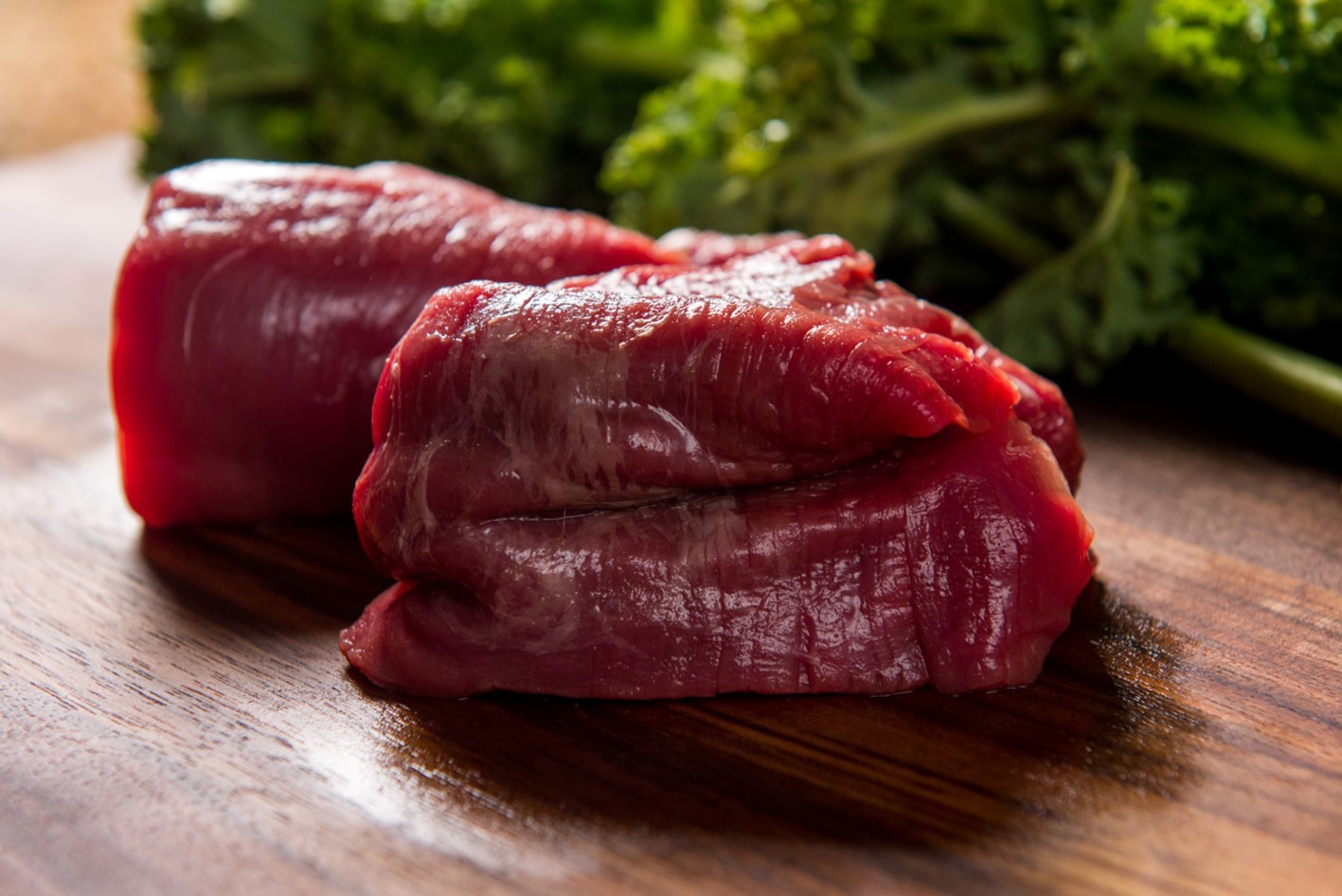

Landscaping Ideas
How To Make Grass-Fed Beef Tender
Modified: August 18, 2024
Learn the best tips for making grass-fed beef tender and delicious. Discover expert landscaping ideas for creating the perfect outdoor space.
(Many of the links in this article redirect to a specific reviewed product. Your purchase of these products through affiliate links helps to generate commission for Storables.com, at no extra cost. Learn more)
Introduction
So, you've decided to cook up a delicious grass-fed beef dish, but you've heard that grass-fed beef can be tough if not prepared properly. Fear not! With the right techniques, you can transform your grass-fed beef into a tender, mouthwatering masterpiece. In this guide, we'll dive into the world of grass-fed beef and explore the best methods for tenderizing and cooking it to perfection.
Grass-fed beef, known for its leanness and rich, distinct flavor, is a popular choice for health-conscious consumers and culinary enthusiasts alike. Unlike grain-fed beef, which is typically fattier, grass-fed beef offers a leaner protein source and contains higher levels of beneficial nutrients such as omega-3 fatty acids and antioxidants. However, due to its leanness, grass-fed beef can be less forgiving when it comes to cooking, often requiring a bit of finesse to achieve optimal tenderness.
In the following sections, we'll unravel the nuances of grass-fed beef, uncover tried-and-true tips for tenderizing it, and explore the best cooking methods to ensure that your grass-fed beef dishes are nothing short of delectable. Whether you're planning to grill, roast, or braise your grass-fed beef, understanding the intricacies of this exceptional meat and mastering the art of tenderizing and cooking it will elevate your culinary prowess and delight your taste buds.
So, grab your apron, sharpen your knives, and get ready to embark on a journey to discover the secrets of making grass-fed beef tender and utterly irresistible. With a bit of knowledge and a sprinkle of culinary magic, you'll soon be savoring the succulent, melt-in-your-mouth goodness of perfectly tenderized grass-fed beef. Let's dive in!
Key Takeaways:
- Grass-fed beef is lean and flavorful but requires special care to tenderize. Marinate with acidic ingredients, use natural tenderizers, and choose the right cuts for succulent results.
- Cooking grass-fed beef requires finesse. Quick methods, low and slow cooking, and allowing the meat to rest are essential for achieving maximum tenderness and flavor.
Read more: What Is Grass-Fed Beef
Understanding Grass-Fed Beef
Grass-fed beef comes from cattle that have been primarily fed a diet of grass and forage, as opposed to grain-fed cattle, which are typically raised on a diet of corn and soy. This difference in diet not only impacts the nutritional composition of the meat but also influences its flavor and texture.
When cattle graze on grass, they consume a diet that is more natural to their digestive systems, resulting in meat that is leaner and boasts a distinct, earthy flavor profile. Additionally, grass-fed beef tends to have higher levels of omega-3 fatty acids, which are known for their heart-healthy properties, as well as antioxidants and vitamins such as beta-carotene and vitamin E.
One of the key characteristics of grass-fed beef is its leanness. The lower fat content means that grass-fed beef can be less forgiving when it comes to cooking, making it more prone to becoming tough if not handled with care. The lack of marbling, which is the intramuscular fat found in grain-fed beef, means that grass-fed beef requires different cooking techniques to achieve optimal tenderness and flavor.
It’s important to note that due to its leanness, grass-fed beef cooks faster than grain-fed beef and is best enjoyed when cooked to medium-rare or medium doneness to prevent it from becoming overly dry and tough. Understanding the unique qualities of grass-fed beef is essential for preparing it in a way that accentuates its natural flavors and ensures a tender, enjoyable eating experience.
When selecting grass-fed beef, look for cuts with a bright red color and a fine texture, as these are indicators of freshness and quality. Whether you opt for a juicy ribeye, a tender filet mignon, or a flavorful flank steak, knowing how to tenderize and cook grass-fed beef will allow you to fully appreciate its exceptional qualities and savor every delectable bite.
Now that we’ve delved into the essence of grass-fed beef, let’s explore the best techniques for tenderizing this exceptional meat to unlock its full potential in the kitchen.
Tips for Tenderizing Grass-Fed Beef
Tenderizing grass-fed beef is an art that involves understanding the unique composition of this lean, flavorful meat and employing techniques to enhance its tenderness. Whether you’re preparing a steak, roast, or stew, the following tips will help you transform tough cuts of grass-fed beef into succulent, melt-in-your-mouth masterpieces:
- Marinate for Flavor and Tenderness: Marinating grass-fed beef not only infuses it with delicious flavors but also helps tenderize the meat. Opt for acidic marinades containing ingredients such as citrus juice, vinegar, or yogurt, which work to break down the muscle fibers and enhance the beef’s tenderness. Additionally, incorporating herbs, spices, and aromatics into the marinade can further elevate the flavor profile of the beef.
- Utilize Natural Tenderizers: Enzyme-rich fruits such as kiwi, pineapple, and papaya contain natural tenderizing properties due to their enzymatic activity. Including these fruits in a marinade or applying them directly to the meat can help break down tough fibers and improve the overall texture of grass-fed beef.
- Choose the Right Cuts: Opt for cuts of grass-fed beef that are inherently tender, such as ribeye, tenderloin, or sirloin. These cuts require minimal tenderizing and are well-suited for quick cooking methods like grilling or pan-searing. If you prefer slow-cooked dishes, consider cuts like chuck roast or brisket, which benefit from long, gentle cooking to achieve optimal tenderness.
- Employ Mechanical Tenderization: Using a meat mallet or tenderizing tool, gently pound tougher cuts of grass-fed beef to break down the muscle fibers and connective tissues. This process helps tenderize the meat and can also promote more even cooking, resulting in a uniformly tender texture.
- Rest and Slice with Care: After cooking grass-fed beef, allow it to rest for a few minutes before slicing. This allows the juices to redistribute within the meat, ensuring a more tender and flavorful eating experience. When slicing, be sure to cut against the grain to further enhance the tenderness of the beef.
By incorporating these tips into your culinary repertoire, you’ll be well-equipped to tenderize grass-fed beef and unleash its full potential, creating delectable dishes that showcase the natural flavors and nutritional benefits of this exceptional meat. With a touch of creativity and a dash of culinary finesse, you’ll soon be savoring the sumptuous, tender goodness of perfectly prepared grass-fed beef.
To make grass-fed beef tender, marinate it in an acidic mixture like vinegar or citrus juice for at least 30 minutes before cooking. This will help break down the tough muscle fibers and make the meat more tender.
Cooking Grass-Fed Beef for Maximum Tenderness
When it comes to cooking grass-fed beef, employing the right techniques is essential for achieving maximum tenderness and flavor. Whether you’re grilling, roasting, or braising, the following strategies will help you elevate your grass-fed beef dishes to tantalizing heights:
- Opt for Quick Cooking Methods: Due to its leanness, grass-fed beef benefits from quick cooking methods such as grilling, pan-searing, or broiling. These techniques allow you to cook the beef swiftly, preserving its natural juices and tenderness. Aim for medium-rare or medium doneness to prevent the meat from becoming tough and dry.
- Use a Meat Thermometer: To ensure that grass-fed beef is cooked to perfection, invest in a reliable meat thermometer. This tool allows you to monitor the internal temperature of the meat, helping you achieve the ideal level of doneness without overcooking it, which can result in toughness.
- Embrace Low and Slow Cooking: For tougher cuts of grass-fed beef, such as chuck roast or brisket, low and slow cooking methods like braising or slow roasting can work wonders. These techniques allow the meat to tenderize gradually, resulting in succulent, fork-tender dishes that are rich in flavor.
- Utilize Moist-Heat Cooking: Moist-heat cooking methods, such as braising in a flavorful liquid or cooking in a slow cooker, can help break down the tough fibers in grass-fed beef, leading to enhanced tenderness and a luscious texture. The gentle, moist environment ensures that the meat remains juicy and tender throughout the cooking process.
- Rest and Savor: After cooking grass-fed beef, allow it to rest for a few minutes before serving. This crucial step allows the meat to reabsorb its juices, resulting in a more tender and succulent eating experience. Whether you’re preparing a sizzling steak or a comforting pot roast, giving the meat time to rest will elevate its tenderness and overall enjoyment.
By mastering these cooking techniques, you’ll be equipped to bring out the best in grass-fed beef, ensuring that each dish is a celebration of tenderness, flavor, and culinary excellence. Whether you’re crafting a gourmet meal for a special occasion or simply indulging in a satisfying weeknight dinner, cooking grass-fed beef to maximum tenderness will elevate your culinary prowess and delight the palates of all who gather around your table.
Conclusion
Congratulations! You’ve embarked on a journey to unravel the secrets of making grass-fed beef tender and utterly delectable. Through our exploration of grass-fed beef, we’ve gained a deeper understanding of its unique qualities, including its leanness, rich flavor profile, and nutritional benefits. Armed with this knowledge, you’re now equipped to tenderize and cook grass-fed beef with finesse and confidence, ensuring that each dish is a masterpiece of tenderness and flavor.
As you venture into the realm of grass-fed beef, remember that marinating, utilizing natural tenderizers, choosing the right cuts, and employing mechanical tenderization techniques are key to transforming tough cuts of grass-fed beef into succulent, melt-in-your-mouth delights. These tips, combined with the art of cooking grass-fed beef using quick methods, low and slow techniques, and moist-heat cooking, will empower you to create dishes that are nothing short of extraordinary.
Whether you’re savoring a perfectly grilled steak, indulging in a sumptuous roast, or relishing a comforting stew, the tender, flavorful nature of grass-fed beef will elevate your culinary experiences and captivate your taste buds. With each succulent bite, you’ll appreciate the exceptional qualities of grass-fed beef and savor the fruits of your culinary expertise.
So, as you embark on your next culinary adventure, armed with the knowledge and techniques shared in this guide, embrace the art of tenderizing and cooking grass-fed beef with enthusiasm and creativity. Whether you’re a seasoned home cook or a passionate food enthusiast, the journey to mastering the art of making grass-fed beef tender is a rewarding and fulfilling pursuit.
Now, with your newfound expertise, it’s time to unleash your creativity in the kitchen, experiment with tantalizing flavors, and delight in the joy of preparing and savoring tender, succulent grass-fed beef dishes. With each masterpiece you create, you’ll celebrate the art of cooking and the exceptional qualities of grass-fed beef, leaving a lasting impression on every palate you grace with your culinary creations.
So, go forth with confidence and culinary flair, and let the tender, flavorful allure of grass-fed beef become a centerpiece of your culinary repertoire. With a touch of passion and a sprinkle of culinary magic, every dish you create will be a testament to your mastery of making grass-fed beef tender and utterly irresistible.
Frequently Asked Questions about How To Make Grass-Fed Beef Tender
Was this page helpful?
At Storables.com, we guarantee accurate and reliable information. Our content, validated by Expert Board Contributors, is crafted following stringent Editorial Policies. We're committed to providing you with well-researched, expert-backed insights for all your informational needs.
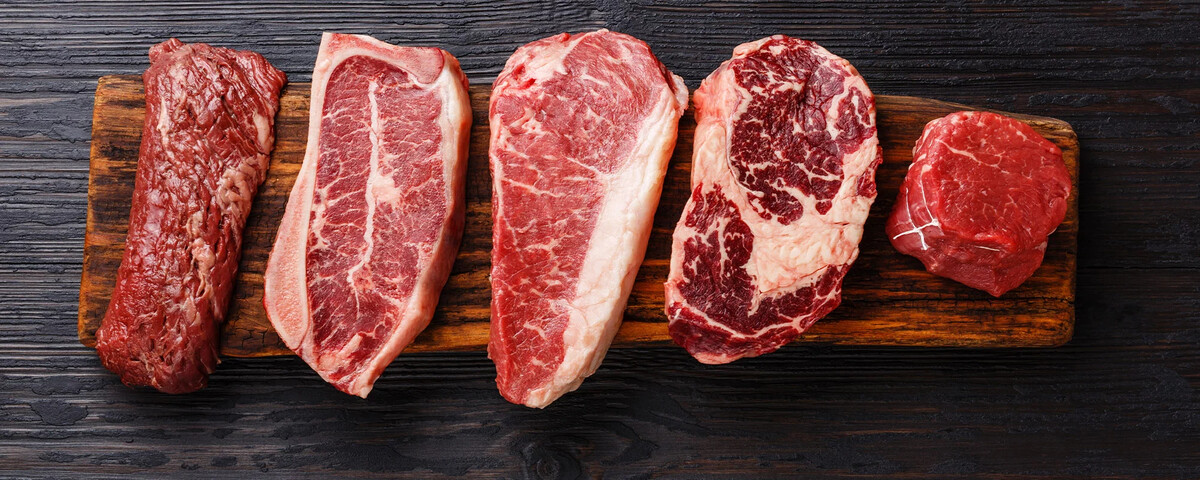
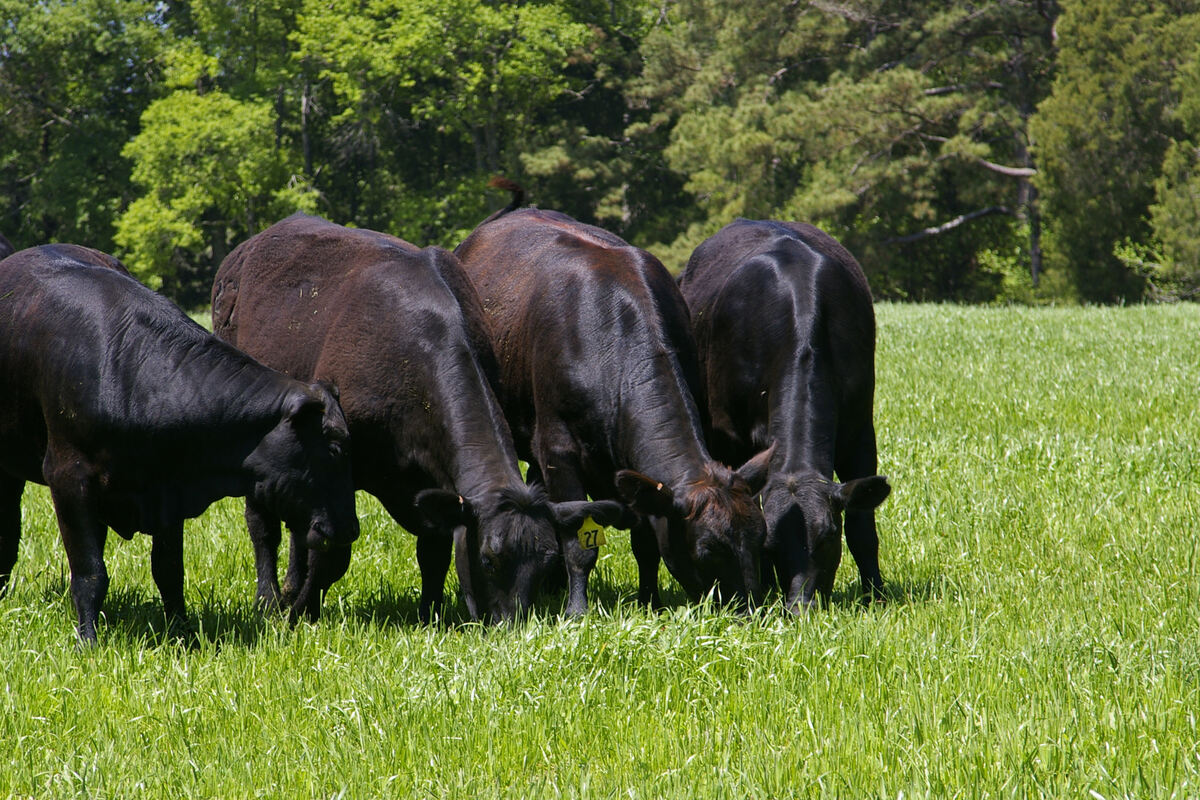
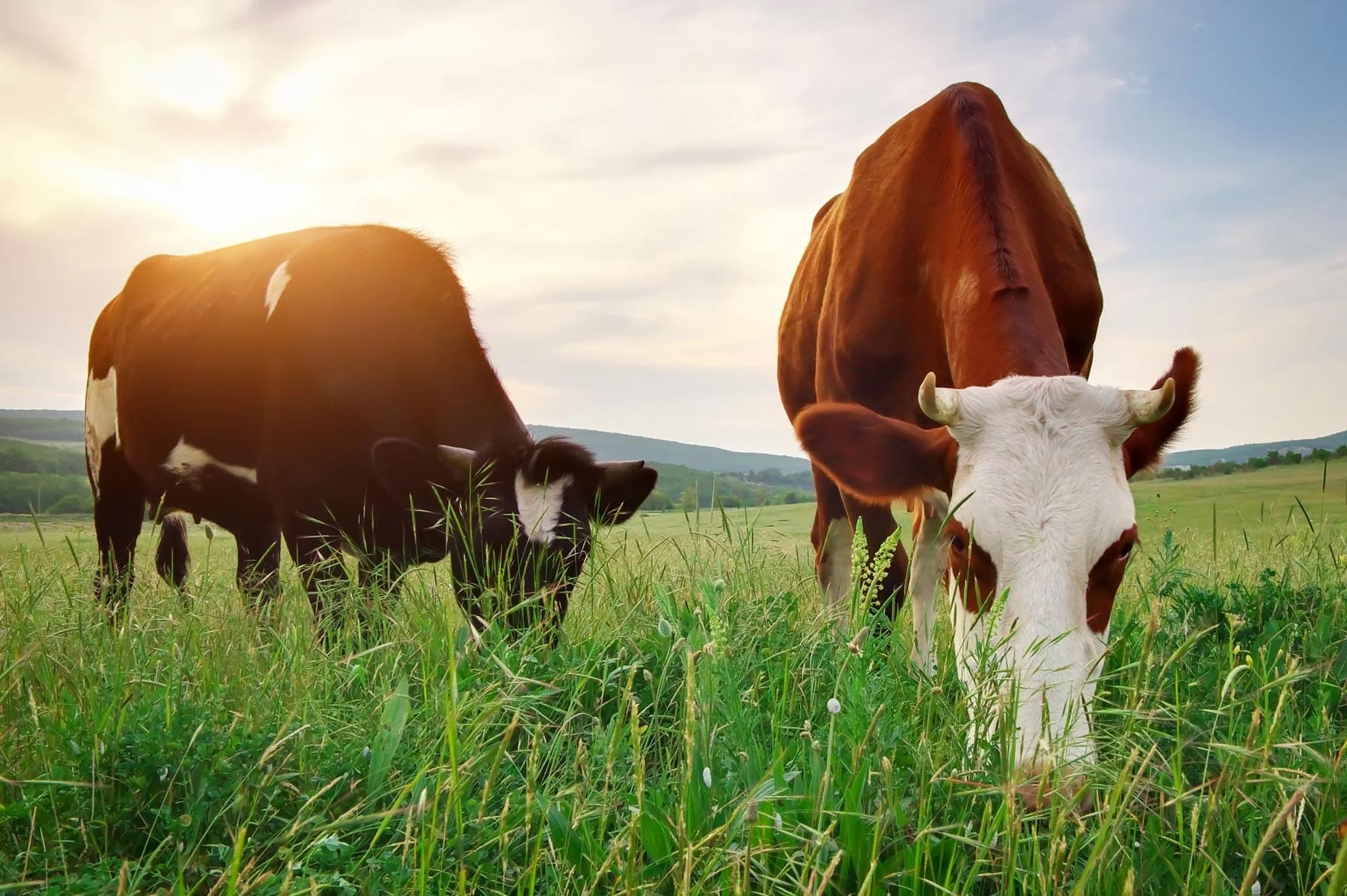
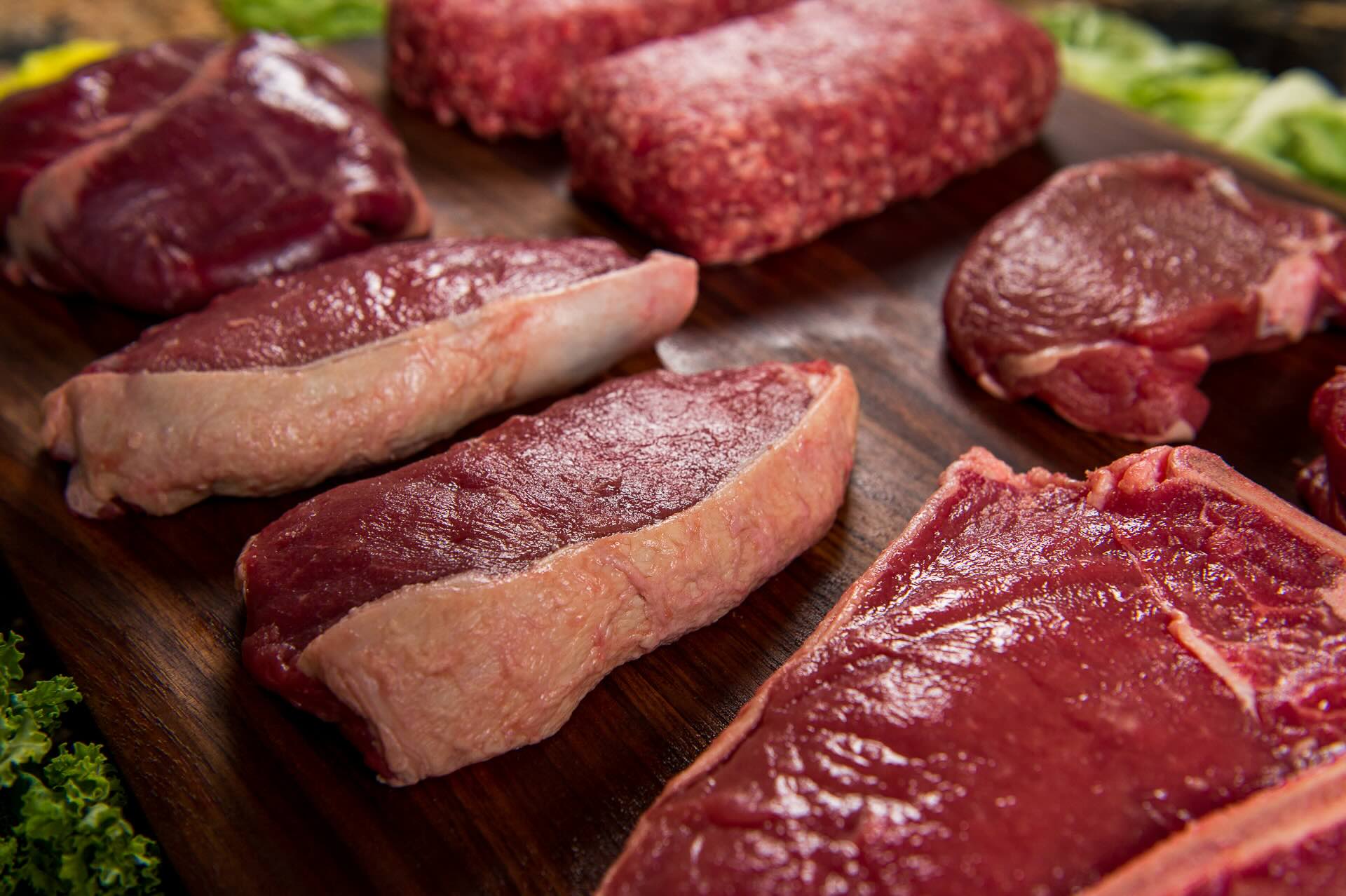
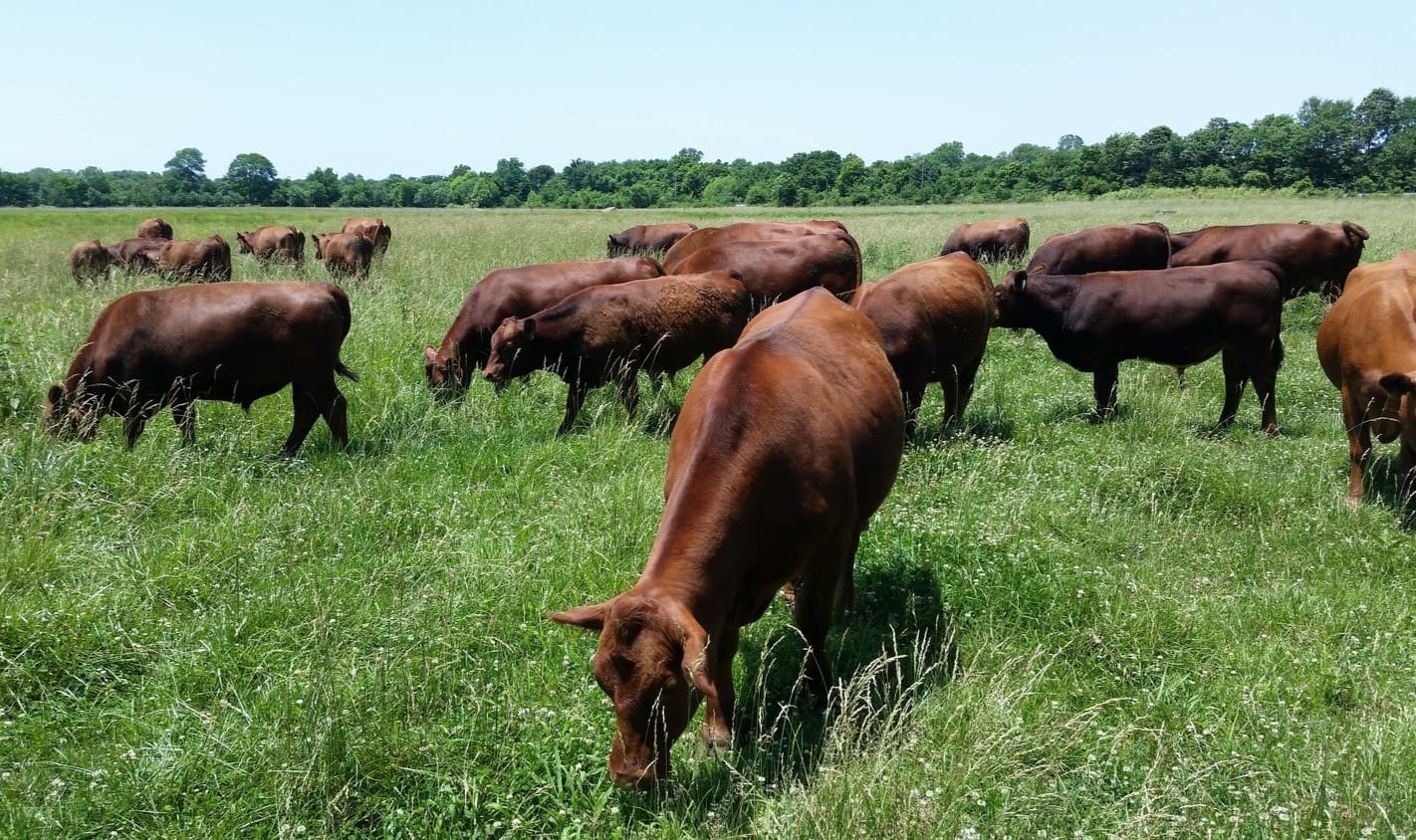
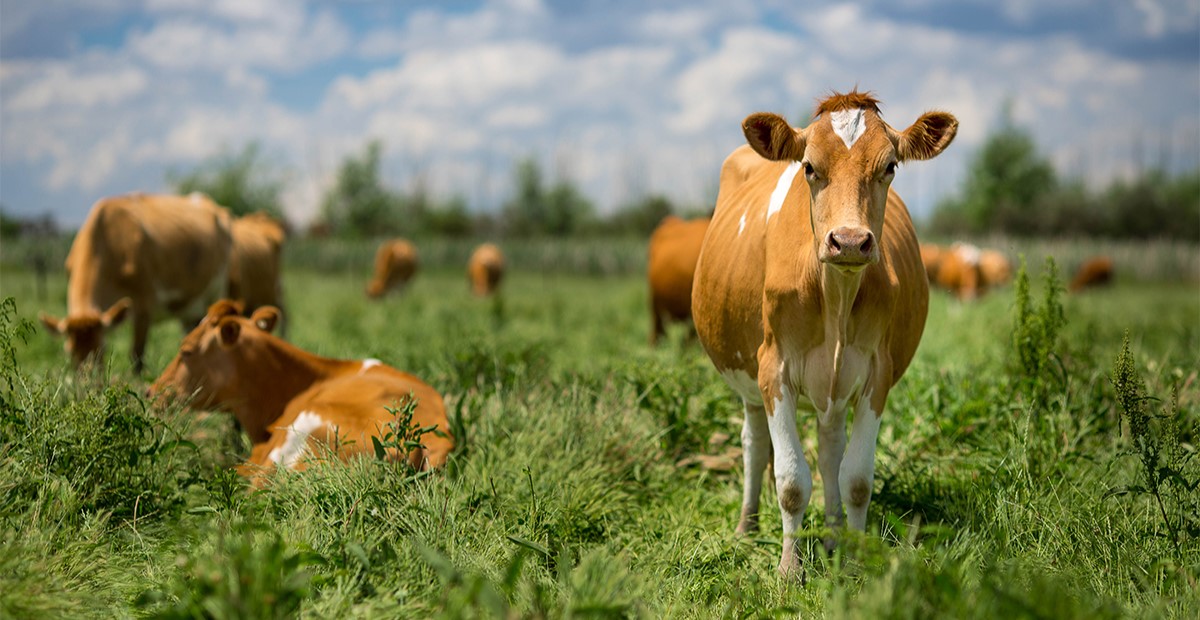
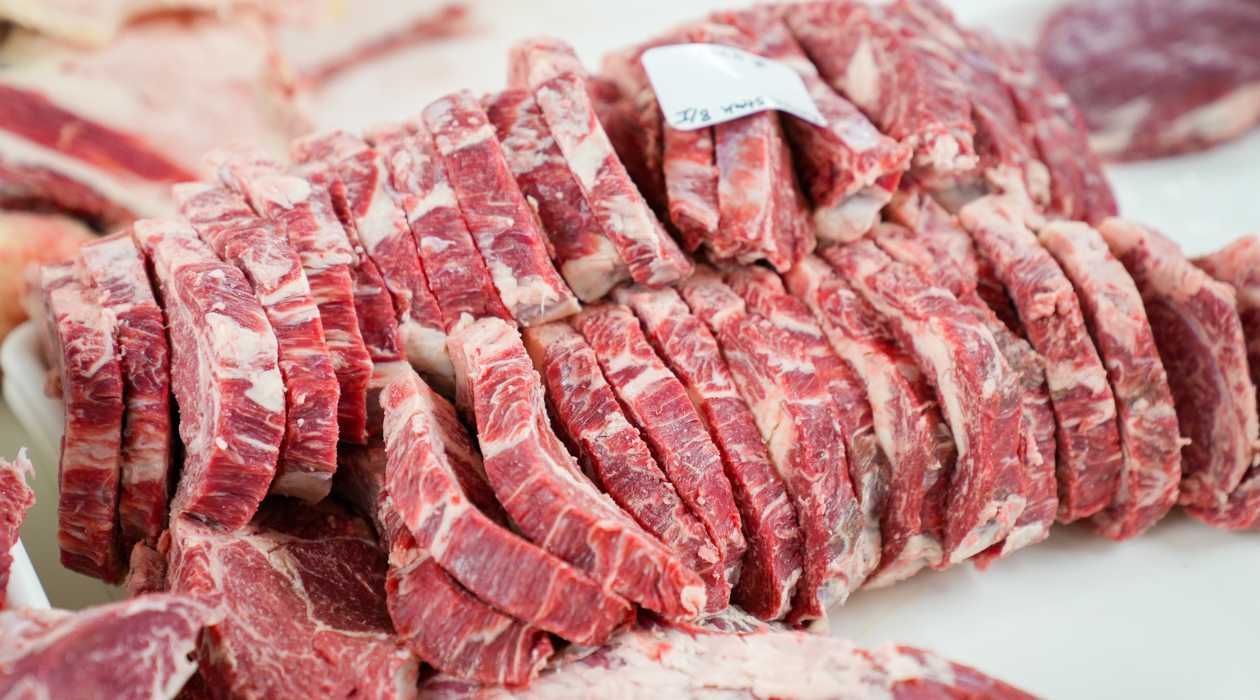
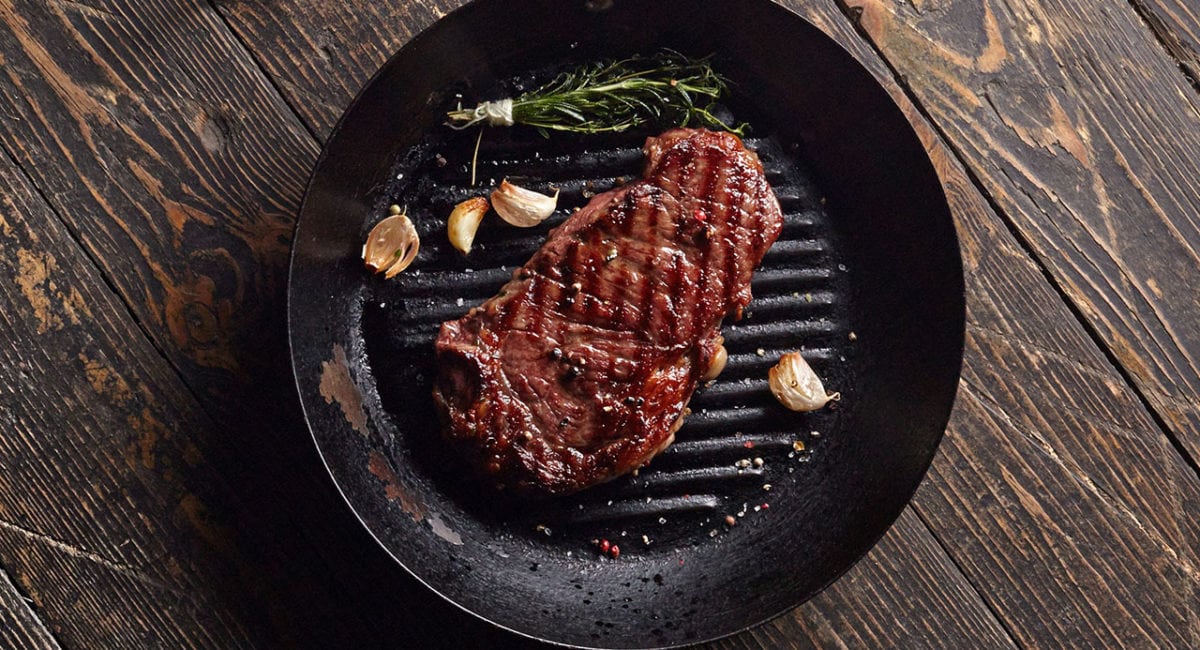
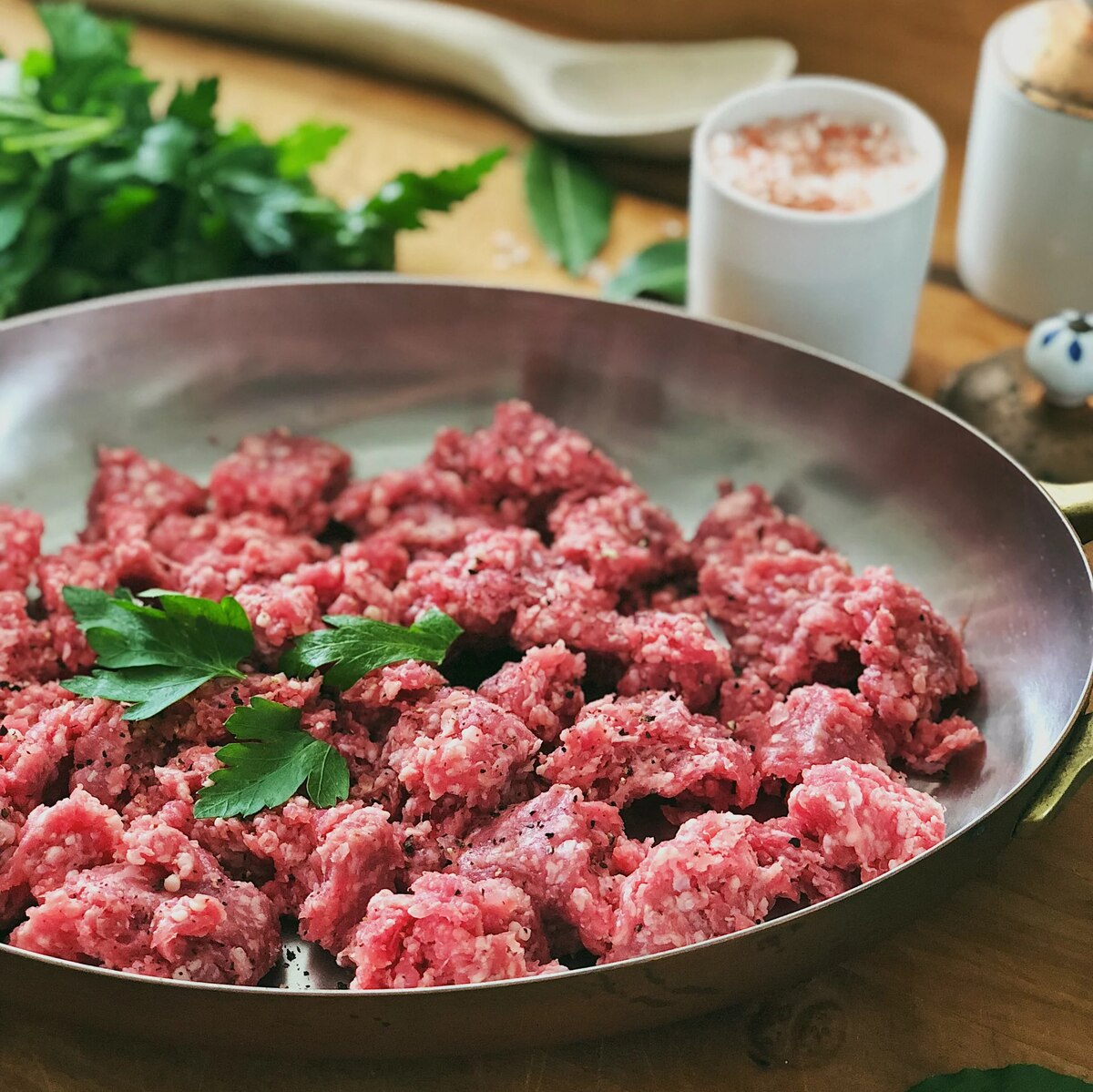
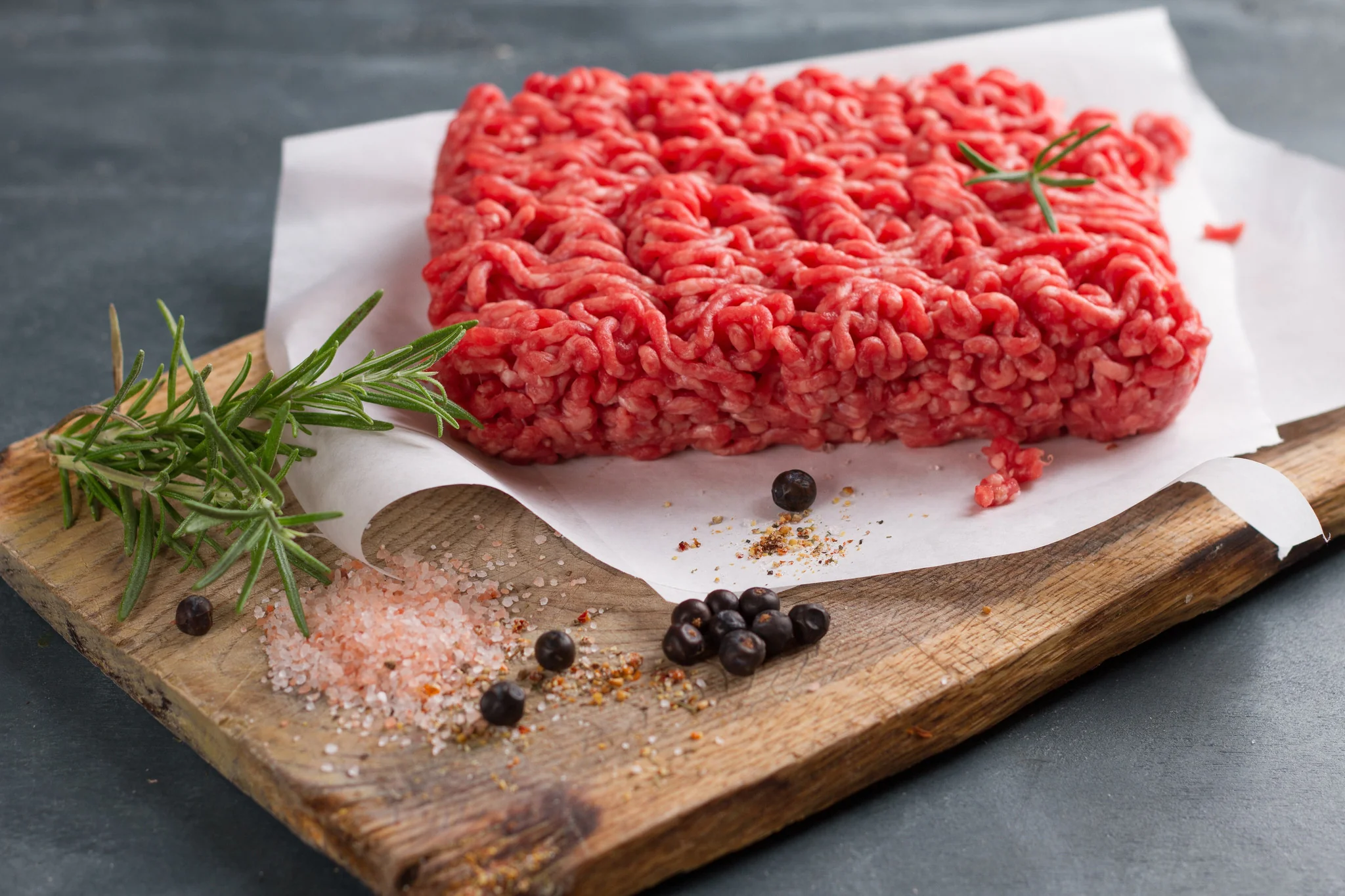
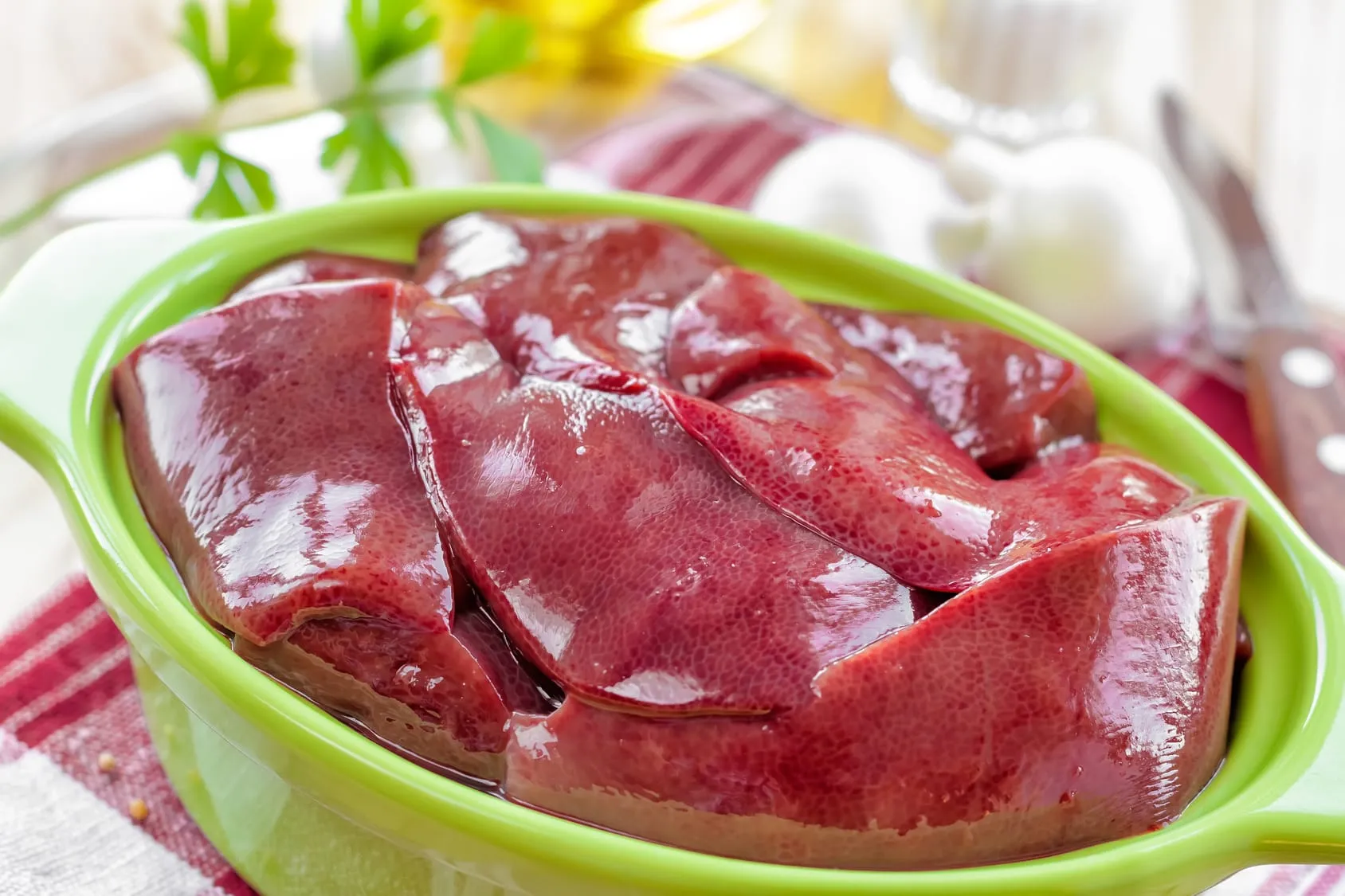
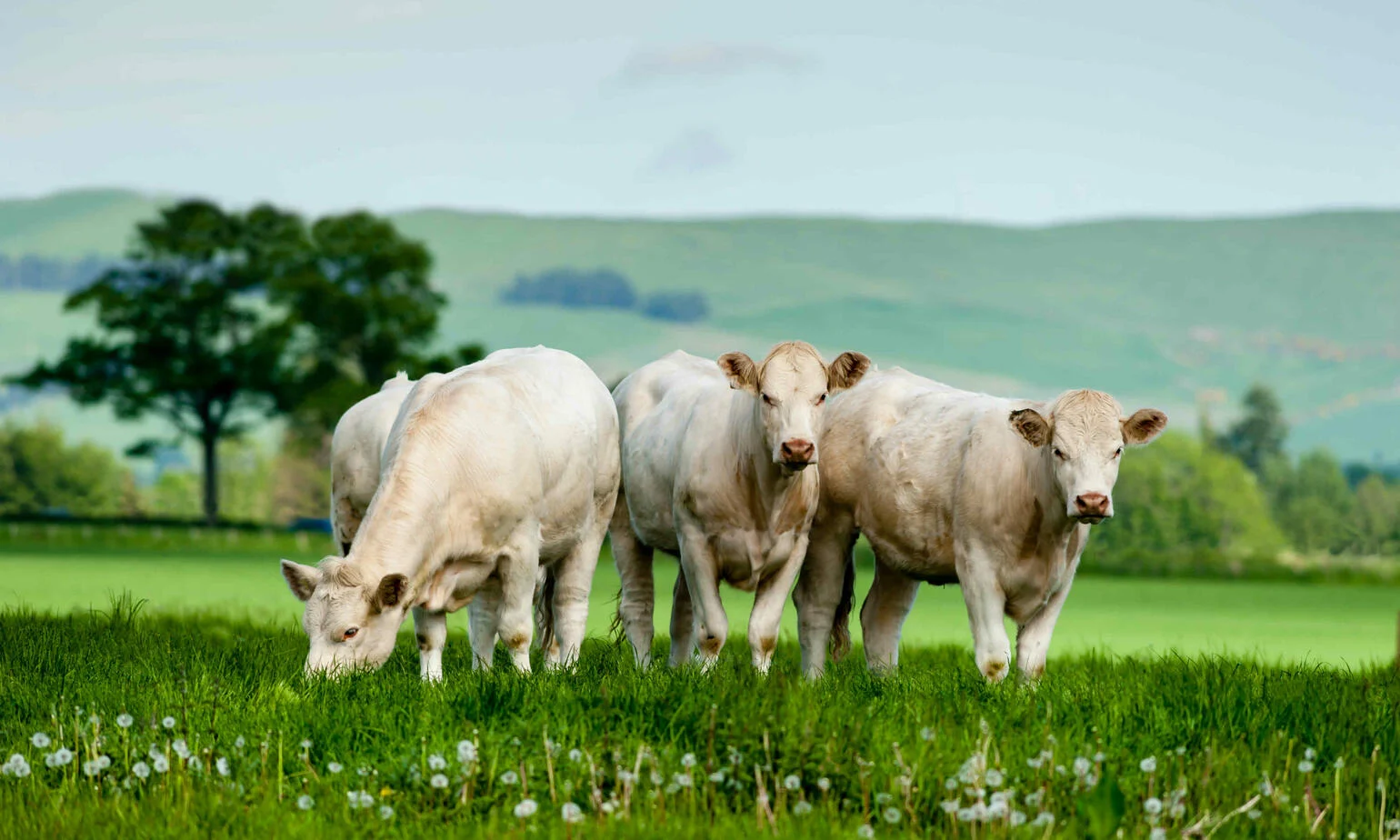
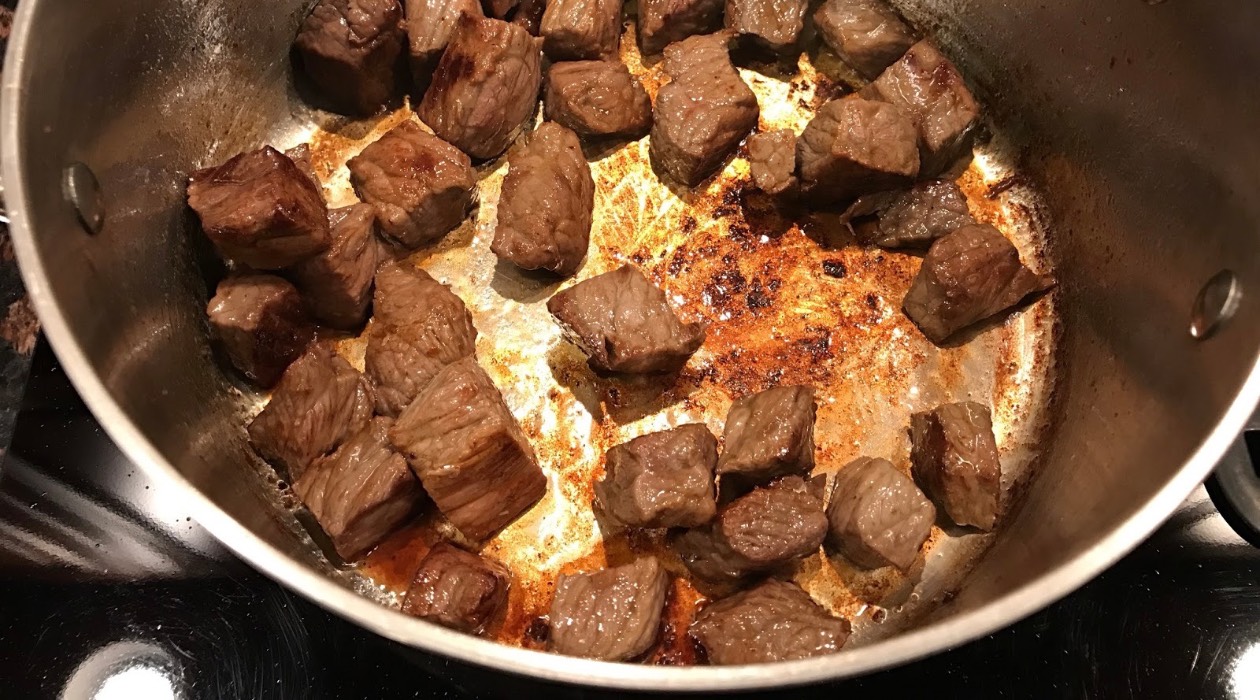
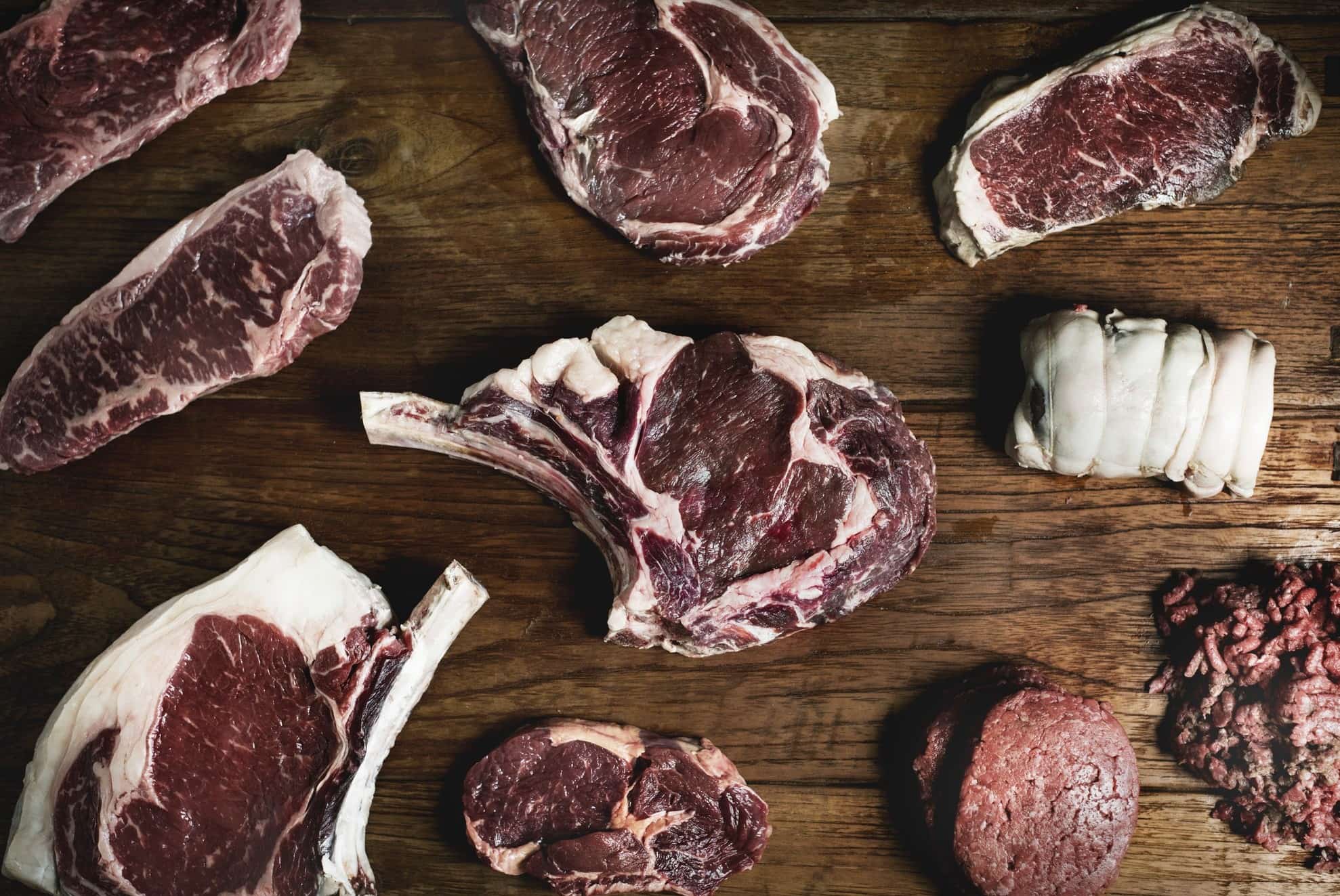
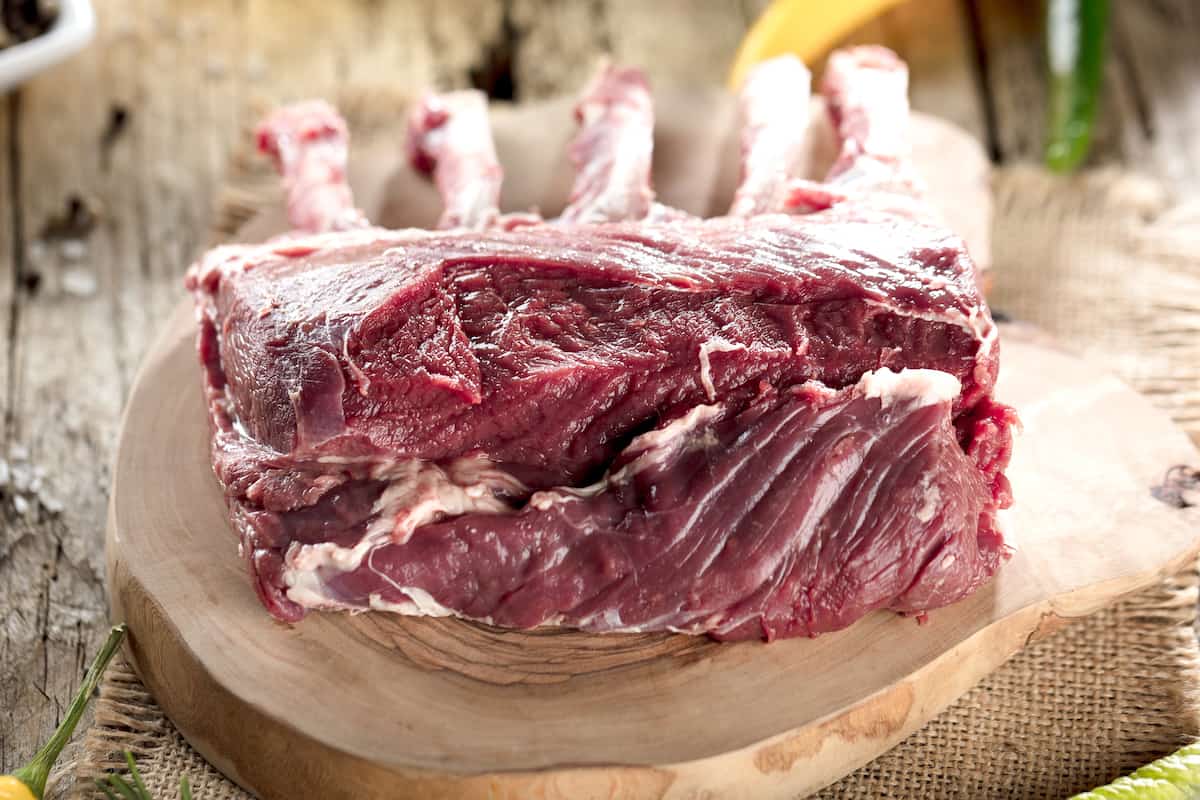

0 thoughts on “How To Make Grass-Fed Beef Tender”